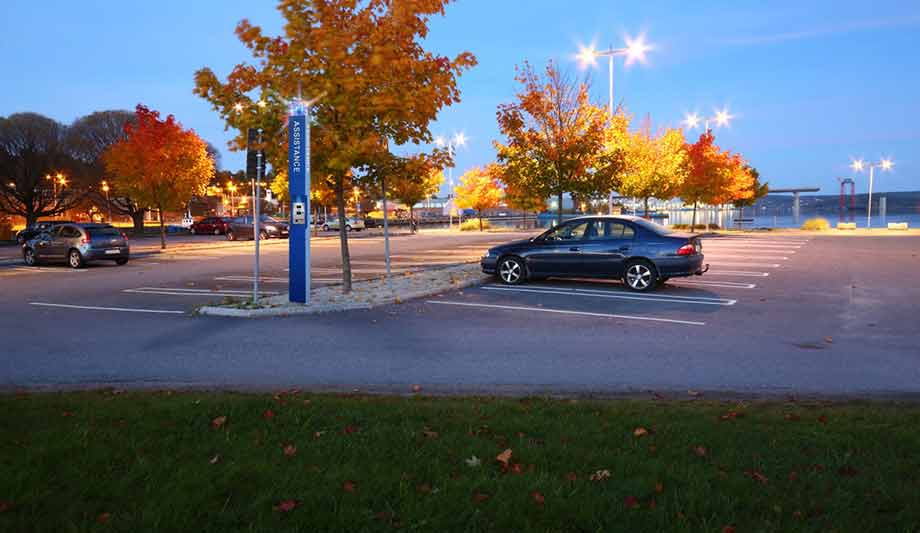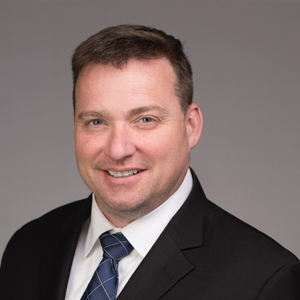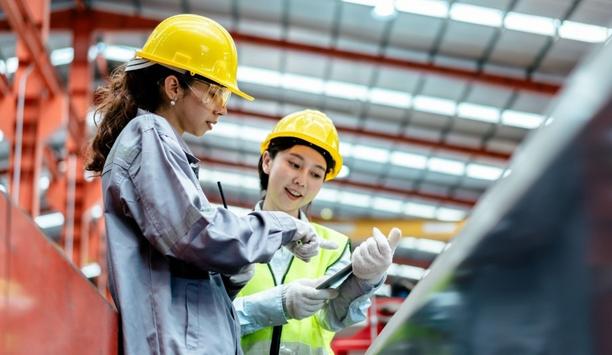Organisations are demanding a new level of interoperability among mission-critical security systems. Intelligible audio, the ability to hear, be heard and be understood, is critical to communication, which is essential to the core security processes within an organisation, as well as to emergency situations. Intelligible audio provides a platform to optimise various processes, including the use of security officers.
“Our main thrust is to ensure our clients see intelligible and interoperable audio, not as an option, but as instrumental to their budget optimisation, stakeholder communication and risk mitigation efforts,” says Jim Hoffpauir, President of Zenitel North America, a manufacturer of intercoms and other communications solutions.
Iintercoms in building safety and security
The role of intercoms in building safety and security is a given across many markets, and that use is growing. Intercoms are used in campus call boxes, elevators, muster locations, and for emergency notification. The trend is toward video, audio and access control, all tied together. There is also an emphasis on providing intelligible audio in any environment, even demanding ones.
The education market has historically been a large sector for intercoms. Emergency phones and intercoms traditionally have been found throughout education settings, including colleges and universities, where they remain quite popular.
Expanding markets for two-way communication
In recent years, however, their popularity has also grown within the healthcare and mass transit sectors, where their versatility allows authorities to react to emergency situations while also providing a wide range of applications for non-emergency situations, such as car trouble or requests for directions.
 |
| Intercoms can fulfill a variety of emergency and non-emergency needs in places like downtown Santa Ana, California (Photo courtesy Code Blue) |
“Markets of all sizes and shapes can benefit from a two-way communication solution that can help individuals place calls for assistance with first responders, police departments or customer service representatives,” says David Fleming, Chief Design Officer for Code Blue Corp.
Intercoms for public and private sectors
Aiphone is another intercom manufacturer for which education is a big market. Bruce Czerwinski, U.S. General Sales Manager, Aiphone Corp., says about 80 percent of both public and private K-12 and higher education campuses are using at least one intercom in some form. That percentage grows to nearly 100 percent for hospitals, which are using intercoms as nurse-call stations and at parking facilities, exterior door entries, nurseries and pharmacies, he says.
"About 40 percent of commercial units – from strip malls to large, multi-tenant campus settings – |
Up to 70 percent of larger multi-family facilities are also using intercoms. And that percentage is even higher in older, heavily populated Eastern cities. Many locales have laws mandating the use of audio and video intercoms on buildings beyond a threshold number of units. About 40 percent of commercial units – from strip malls to large, multi-tenant campus settings – are using intercoms, says Czerwinski.
In the past year, Aiphone’s emergency stations have become very popular, particularly in campus settings; both commercial and higher education. Also, a growing number of unmanned parking garages are using the stations to allow patrons to immediately reach first responders or security personnel.
Each of these markets still has growth potential, but by its sheer size, the commercial market offers the greatest opportunities, according to Aiphone.
Video-enabled IP intercoms
Intercom usage differs widely in various global markets, according to Craig Szmania, CEO of 2N USA, a manufacturer of IP intercoms. In the North American market, intercom usage is relatively low compared to the Europe, Middle East, and Africa (EMEA) region, where intercoms are a more mature market. Security, convenience, systems integration and IP-versus-analogue adoption are driving usage and growth to more than 20 percent year-over-year. More and more video-enabled IP intercoms are seen as an integral part of a system wide security and video solution, according to Szmania.
“Our intercom portfolio targets all the major verticals, but we have had particular success in the education sector – K-12 and universities,” says Szmania. “These end users are looking for specific features in securing their campuses, providing convenience to their administrators, employing programmability for differing use scenarios throughout the campus, and integration to their telephony or other systems.”
More and more video-enabled IP intercoms are seen as an integral part of a system wide security and video solution |
Szmania says the latter point is becoming a particular need in light of a requirement for campus-wide communication and coordination in emergency situations. “Our intercoms integrate seamlessly with third party solutions such as Cisco’s telephone systems that are the communication backbones of many schools and campuses,” he adds.
IP-based solutions in residential verticals
Considering near-term growth potential, single family and multi-tenant residential verticals have fantastic opportunities for increased usage of door stations/intercoms in the United States, according to Szmania. The company has entered this space over the last several years and has grown to be a market leader in IP-based integrated solutions, especially in the home automation space. The adoption of IP networked solutions for condominiums and apartments is just taking off, driven in part by consumer demand for mobile-anywhere video, audio and door control. The service is also a driver for integrator/dealer adoption of the technology to provide recurring monthly revenue (RMR).
2N has also achieved triple-digit growth in commercial building installations over the past two years. Building owners, IT departments and security managers want and need a networked solution for control and security. 2N’s open platforms are a good fit, says Szmania.





































![[Download] Choosing the right solution for video data needs](https://www.sourcesecurity.com/img/news/612/hitachi-vms-editorial920.jpg)
![[Download] House Of Smart Cards: How assumptions can open dangerous security gaps](https://www.sourcesecurity.com/img/news/612/hid-smart-access-920.jpg)




